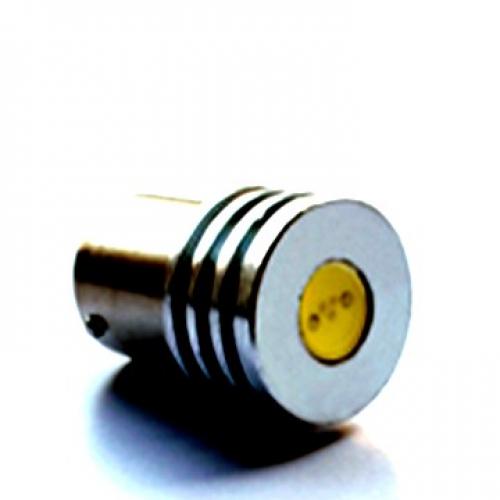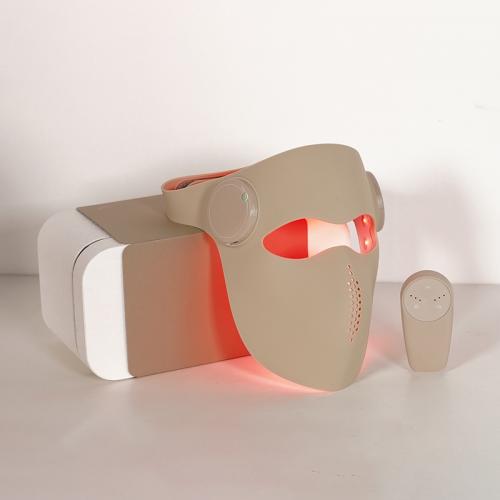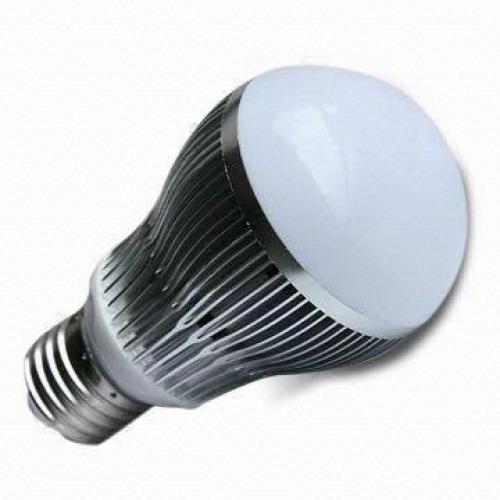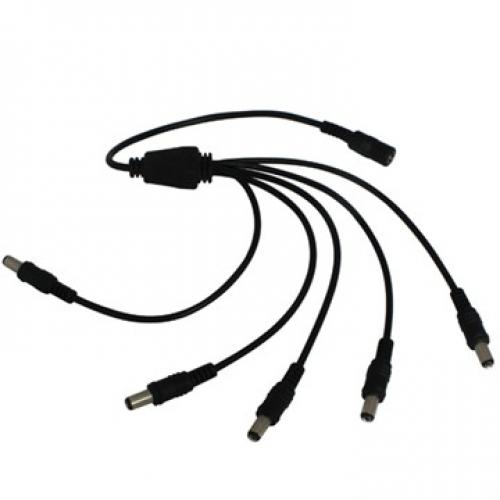What can I put over a light bulb to dim it?
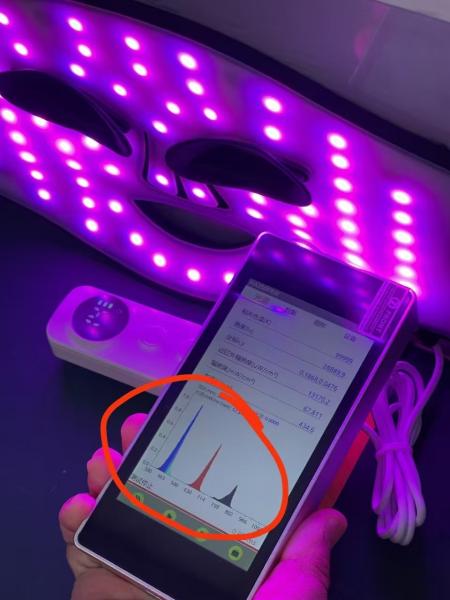
Lighting plays a crucial role in setting the ambiance of any space. Sometimes, the light from a bulb can be too harsh or bright for a particular setting, leading to discomfort or an undesirable atmosphere. Dimming a light bulb can transform a room, making it feel more cozy and inviting. Here, we will explore various methods to effectively dim a light bulb, enhancing your space without compromising on style or functionality.
Firstly, let's discuss the easiest and most common method: using a dimmer switch. A dimmer switch allows you to adjust the brightness of your light bulbs by controlling the power flow to the bulb. This method is both efficient and user-friendly, providing precise control over the lighting levels. Installing a dimmer switch is relatively straightforward, but it does require some basic electrical knowledge. If you're not comfortable working with electrical wiring, it's advisable to hire a professional electrician.
There are different types of dimmer switches available, including rotary, slide, and touch dimmers. Rotary dimmers are the traditional knob-style dimmers, while slide dimmers use a lever to adjust brightness. Touch dimmers, on the other hand, offer a modern, sleek look and are often used in contemporary settings. When choosing a dimmer switch, make sure it is compatible with the type of bulbs you are using, whether they are incandescent, LED, or CFL.
Another effective method for dimming light bulbs is using smart bulbs. Smart bulbs are LED bulbs that can be controlled via a smartphone app or a smart home system. These bulbs offer a wide range of lighting options, including dimming and color changes. They are an excellent choice for those who want to integrate their lighting with other smart home devices. Smart bulbs are easy to install, requiring no additional wiring or hardware, making them a convenient option for renters or those looking for a quick lighting solution.
If you're looking for a temporary or low-cost solution, consider using a light-diffusing material over the bulb. Materials such as frosted glass, fabric, or paper can help reduce the brightness of a bulb. Frosted glass light covers are available in various designs and can be installed over existing fixtures to soften the light. Alternatively, you can use fabric or paper to create a DIY light diffuser. Simply wrap the material around the bulb or fixture, ensuring it is not touching the bulb directly to avoid any fire hazards. This method allows for creativity and customization, as you can choose materials that match your decor.
For those who prefer a more artistic approach, lampshades offer a stylish way to dim a light bulb. A lampshade not only diffuses the light but also adds a decorative element to your space. When selecting a lampshade, consider the material and color, as these factors will affect the amount of light that is filtered. Darker shades and thicker materials will block more light, creating a dimmer effect. Lampshades are versatile and can be used with various types of fixtures, from table lamps to ceiling lights.
In situations where you need to dim a bulb temporarily, bulb sleeves or covers can be a practical solution. These are usually made of heat-resistant materials and are designed to slip over the bulb, reducing the light output. Bulb sleeves are available in different colors and opacities, allowing you to customize the lighting to your preference. They are particularly useful for events or settings where you need to adjust the lighting quickly and easily.
It's important to note that not all bulbs are dimmable. Incandescent bulbs are naturally dimmable, but if you're using LED or CFL bulbs, you need to ensure they are labeled as dimmable. Non-dimmable bulbs can flicker or become damaged if used with a dimmer switch. Always check the manufacturer's specifications to avoid any issues.
Additionally, consider the color temperature of your bulbs. Bulbs with a warmer color temperature (around 2700K) tend to create a softer, more relaxing atmosphere, while cooler temperatures (above 5000K) can feel harsh and clinical. Choosing the right color temperature can complement your dimming efforts and enhance the overall mood of your space.
In conclusion, there are several effective ways to dim a light bulb, each with its own advantages and considerations. Whether you opt for a dimmer switch, smart bulbs, diffusing materials, lampshades, or bulb covers, the key is to choose a method that suits your needs and complements your decor. By dimming your lights, you can create a more pleasant and adaptable environment, enhancing both the functionality and aesthetics of your space.

 Afrikaans
Afrikaans Čeština
Čeština Dansk
Dansk Deutsch
Deutsch Español
Español Francais
Francais Italiano
Italiano Magyar
Magyar Nederlands
Nederlands Norsk
Norsk Polski
Polski Português
Português Română
Română Slovák
Slovák Suomi
Suomi Svenska
Svenska Tiếng Việt
Tiếng Việt Türk dili
Türk dili Ελλάδα
Ελλάδα Русский
Русский اللغة العربية
اللغة العربية แบบไทย
แบบไทย 中文繁體
中文繁體 日本語
日本語 한국인
한국인

